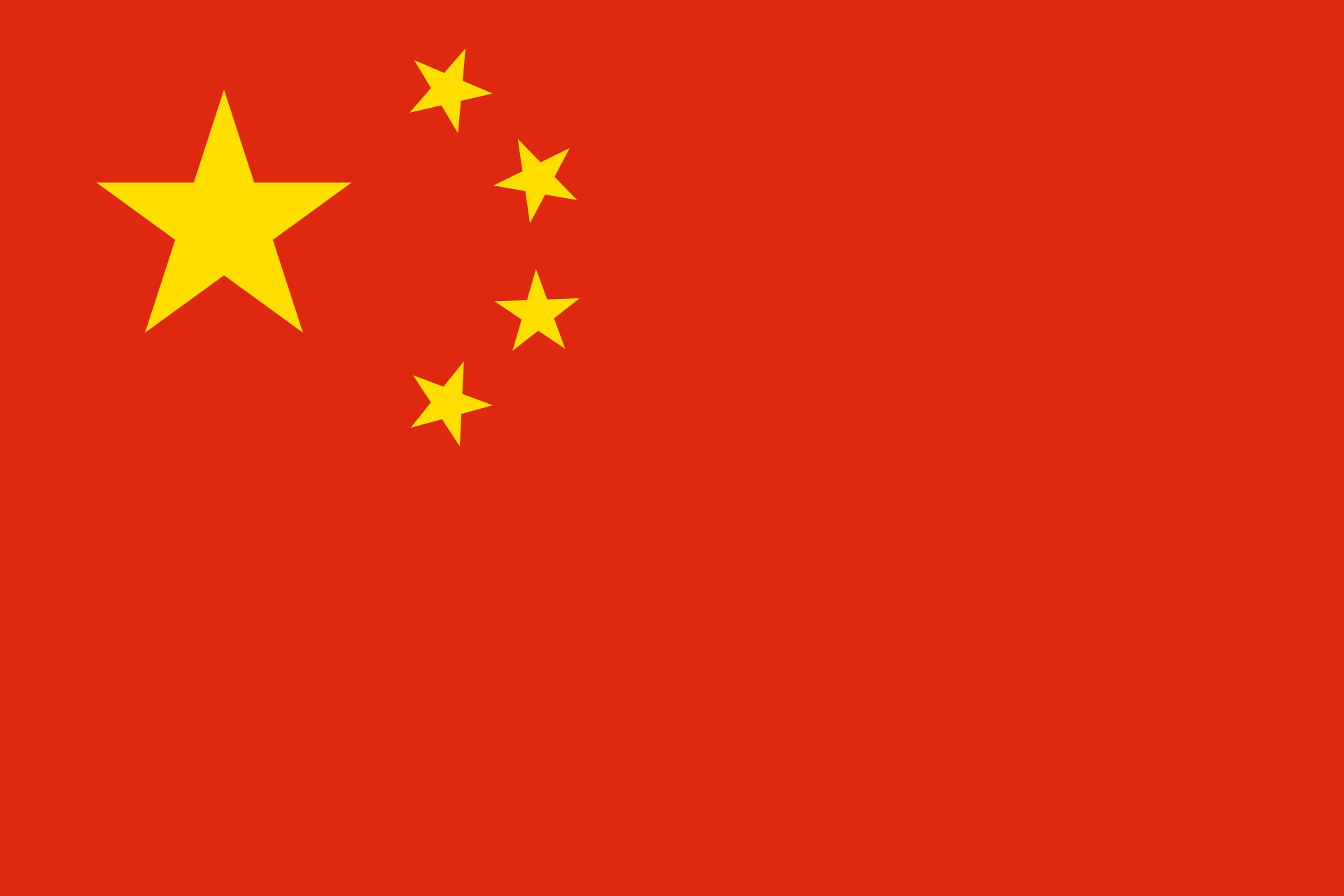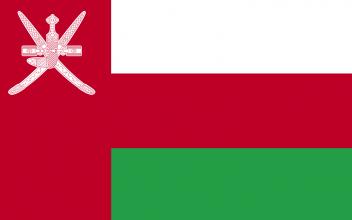International Silk Road Conference on “Nomadic Tourism and Sustainable Cities”
Banner for International Silk Road Conference on “Nomadic Tourism and Sustainable Cities”The International Silk Road Conference on “Nomadic Tourism and Sustainable Cities” was held in Ulaanbaatar, Mongolia between the 13th and 15th October, 2016. The aim of the conference was to explore nomadic culture and tourism opportunities along the world’s renowned Silk Road, develop a new tourism brand product and raise awareness of the necessity to conserve and protect nomadic heritage.

During the conference numerous interesting presentations were made regarding the conservation and protection of the environmental, historical and cultural heritage of Silk Road nations and delegates exchanged know-how on the sustainable development of tourism.
The UNWTO Secretary-General, Taleb Rifai, opened the conference by saying: “The sustainable growth of nomadic tourism requires a balance between tourism promotion, heritage management and respect for local communities. It requires the collective engagement and cooperation of Silk Road destinations, the private sector and civil society. With these ingredients in place, we can produce responsible nomadic tourism products to diversify Silk Road tourism and achieve adequate tourism development for the countries involved”. 
The Minister of Environment and Tourism of Mongolia, Ms. Oyunkhorol Dulamsuren, made the following speech during the opening ceremony: “Today we welcome, with our uttermost respect and pride, all delegates to the International Silk Road Conference on Nomadic Tourism and Sustainable Cities. We believe that the great and historic Silk Road will be revived as an exciting route full of travelers and adventurers, hereby becoming a symbol for mutual understanding and peace among nations in the new millennium”.
During the period of the conference the delegates witnessed the opening of the Mongolian nomadic culture and tourism photo gallery, attended cultural shows and performances and also visited Gorkhi-Terelj National Park, which is part of the Strictly Protected Areas.




